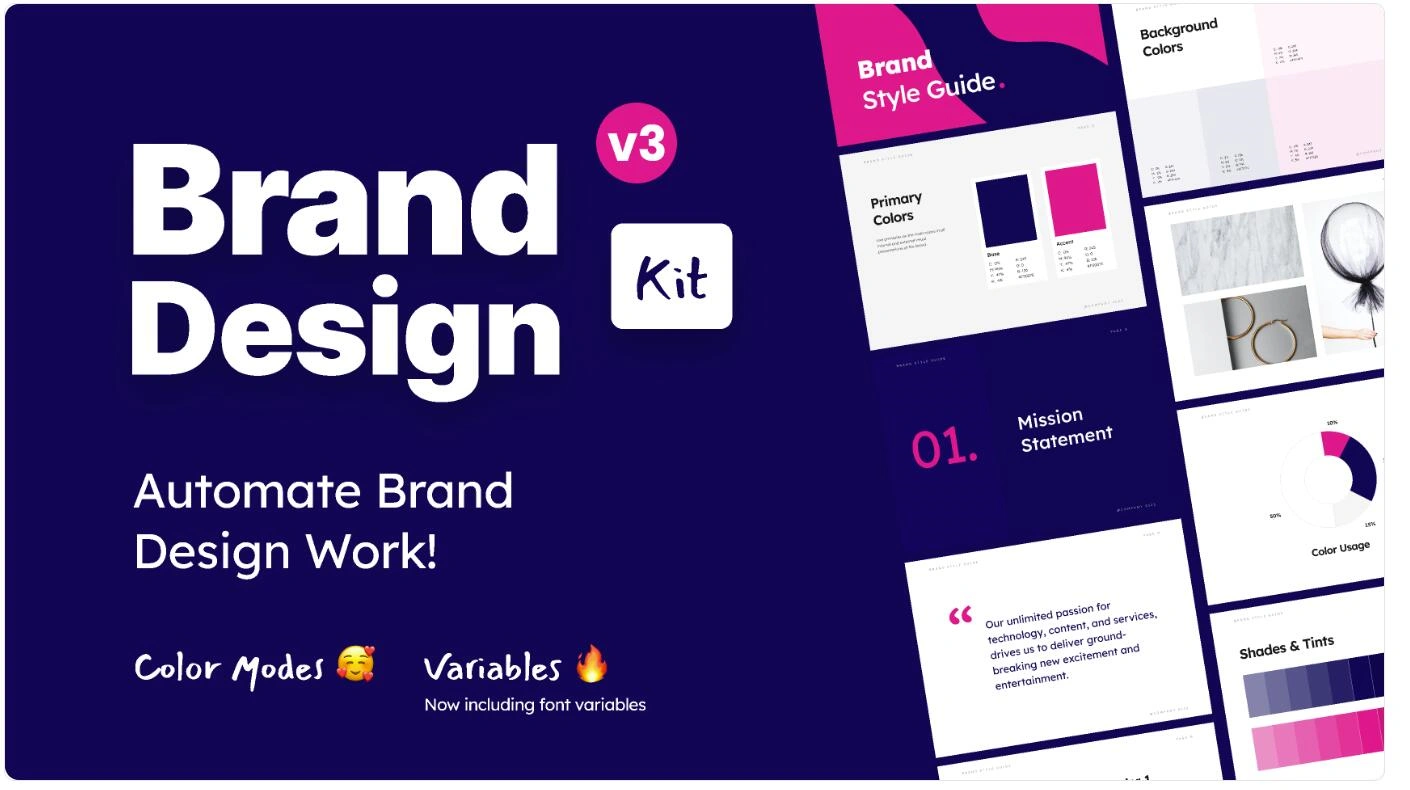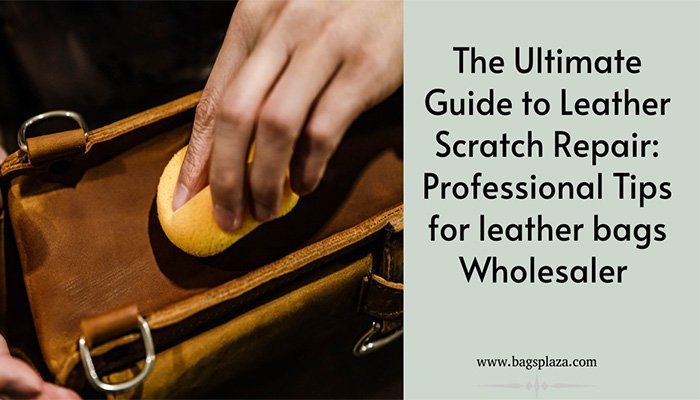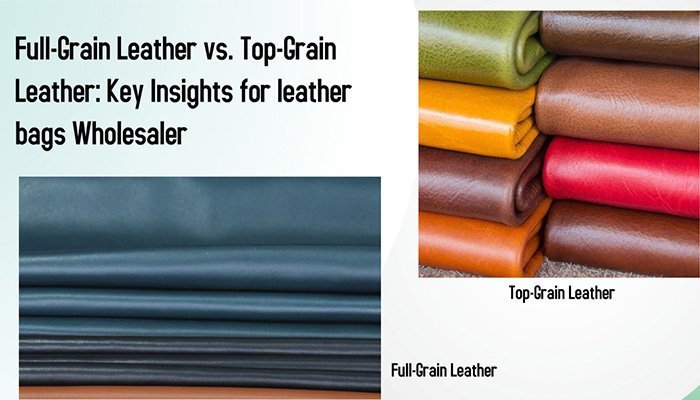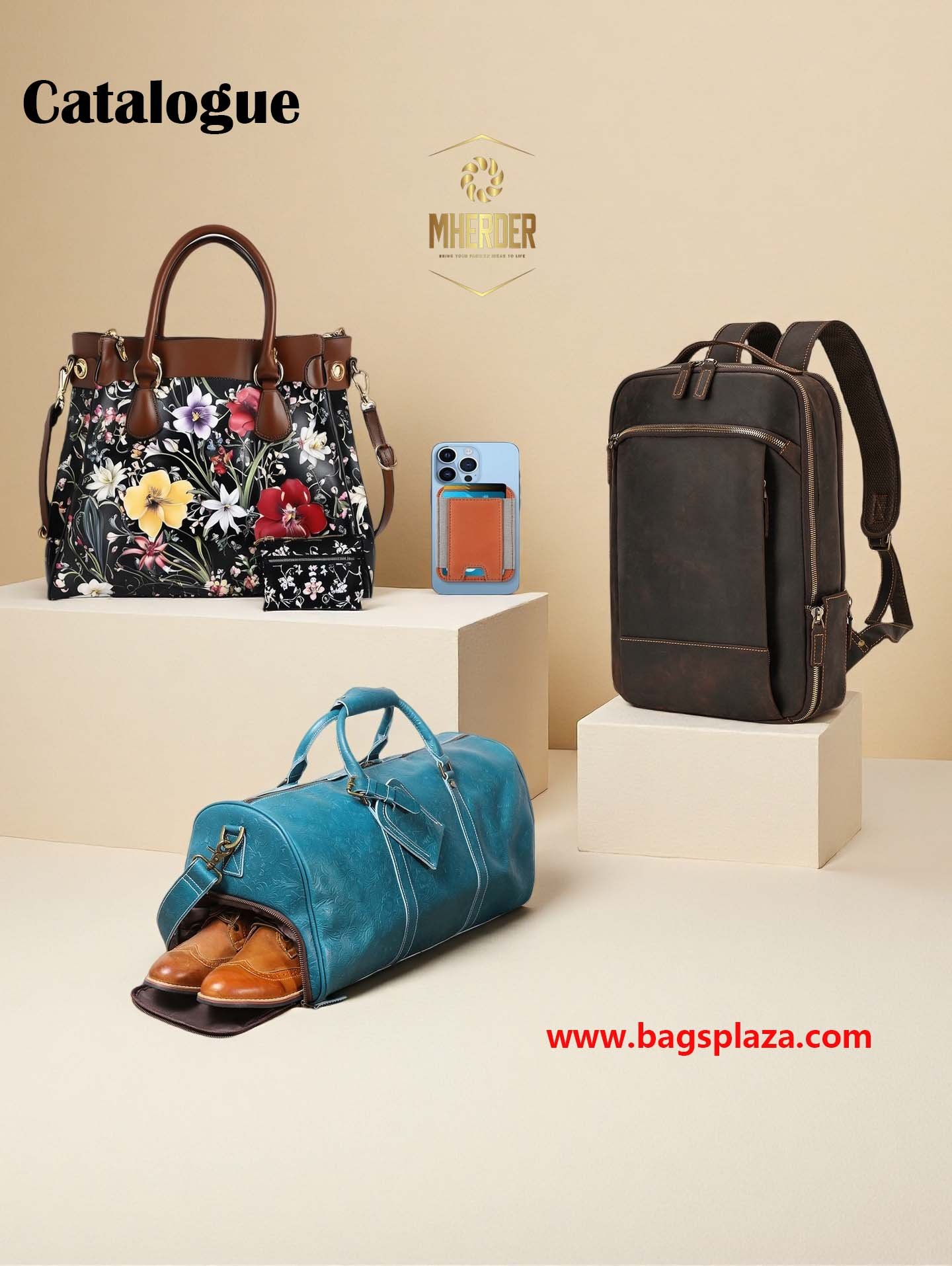Introduction
I remember the first time I even considered breaking into the leather goods world. It was a lazy Saturday afternoon—I’d just spilled coffee on my only decent wallet, and I thought to myself, “How amazing would it be if I could create a line of leather accessories that actually fit my life (and didn’t stain so easily)?” The idea lit a tiny spark in me. Over time, that spark grew into a real vision: crafting pieces that feel like they belong in someone’s day-to-day story, whether that person is an importer, brand owner, Amazon buyer, retailer, or wholesaler.
This industry is a playground for the curious and the creative. There’s this sense of possibility that doesn’t just inspire you to design something beautiful—it nudges you to build something meaningful. And the best part? People want what you’re making. They’re looking for bags that simplify their travel, belts that last a lifetime, wallets that feel personal, and luxury pieces that whisper a quiet kind of confidence.
Overview of the Leather Goods Industry
Let’s be real: leather goods aren’t just about “stuff” we carry. They’re about how those items fit into someone’s life. The marketplace is booming, from everyday totes for running errands to high-end statement pieces that turn heads. According to Statista, the luxury goods sector—leather included—isn’t showing any signs of slowing down. And that means opportunity. If you find your angle, you can reach customers who crave authenticity, durability, or something a little different than what everyone else is wearing.
Key Objectives for Success
Here’s what I’ve learned through plenty of trials and (many) errors:
- Know Your People: Understand who you’re making these products for. It’s like planning a surprise party—you’ve got to know what they love (and hate!).
- Create a Brand Story That Sticks: Think about your brand like a good novel that people can’t put down. Your backstory, your purpose, and your values all matter.
- Work Smarter, Not Harder: Streamline your processes, use online tools, and free up your brain for the fun stuff—like designing your next masterpiece.
The Purpose of This Guide
I want to make life simpler for you. Consider this a roadmap—one that leads you past the usual potholes. If you follow these steps, you might be able to dodge some of the frustration I went through when I first started. Let’s find your niche, build your brand, and put you on the path to becoming a name people remember.
Finding Your Niche and Defining Your Product Line
Figuring out your niche is like deciding what kind of dinner party you’re throwing—is it a casual backyard BBQ or a fancy sit-down affair? Are you into handbags, wallets, belts, jackets, or even leather jewelry? There’s no wrong answer. Just pick something that gets you excited and speaks to the customers you want to serve.
- Researching Underserved Markets: Maybe there’s a gap for eco-conscious materials or travel-focused bags that make navigating airports a breeze. Dive into consumer data, like what Statista offers, and listen closely to what people are actually asking for.
- Defining Product Attributes: Once you know your direction, decide if you’re aiming for casual or luxury. Maybe your key feature is sustainable leather sourced from ethical tanneries, or your bags solve a pain point—like a hidden compartment for passports that frequent travelers will love.
Creating a Roadmap: Your Business Plan
I learned that a business plan is a lot like a treasure map—without it, you might find yourself lost at sea, drifting aimlessly.
- Why a Business Plan Matters: Trust me, it’s worth it. The SBA’s Business Plan Guide helped me shape my early ideas and keep them on track.
- Key Elements to Include: Who are you selling to? How much do materials cost? What’s your dream branding approach? Lay it all out.
- Making It Efficient: Online templates exist for a reason, and they’re a lifesaver. Why reinvent the wheel when you can borrow a good framework and tweak it to fit your vision?
Establishing Your Business Foundations
I remember the moment I realized I needed to handle the “official stuff.” I’d been focused on designing and making, but my accountant friend shook his head and said, “You need to get your legal and financial ducks in a row.” He was right, of course.
- Navigating Legal and Regulatory Basics
- Choose a business structure (LLC, sole proprietorship, etc.) that fits your comfort level and future goals.
- Get the right licenses and permits. The SBA’s Launch Your Business Guide can show you the ropes.
- Understand local regulations—less stress in the long run!
- Securing Your Finances
- Consider how you’ll fund your dream: personal savings, small loans from family, or maybe even a Kickstarter campaign.
- Map out your budget: from buying leather rolls and buckles to paying for your website hosting and marketing. Every penny should have a purpose.
Building a Brand People Remember

The first time I showed off a prototype bag to a friend, she said, “It’s nice, but what does it stand for?” That question stopped me in my tracks. It taught me that branding is about meaning, not just pretty packaging.
- Why Brand Identity Matters: Your logo, your website, your social media vibe—all of it weaves together a story. Consider trademark protections at the USPTO if you want to claim your unique space in this world.
- Telling a Compelling Story: Maybe you grew up watching your grandfather craft shoes, or you discovered your passion for leatherwork on a trip abroad. Share these stories! They make people feel like they’re part of your journey.
- Consistent Messaging: Keep your tone and style cohesive. Whether someone’s reading your Instagram caption or your product description, they should feel that same familiar “voice.”
Sourcing High-Quality Materials and Tools
I can still smell that first roll of premium leather I touched—it was soft, rich, and practically whispered “Craft something timeless.” Good materials matter. They earn trust and let you price your products confidently.
- Finding Reliable Suppliers: I’ve met some great suppliers through trade fairs and found gems on Alibaba. Always test samples before you commit.
- Evaluating Quality: Don’t just trust photos—feel the materials, tug on them, and understand their durability.
- Balancing Cost and Quality: Align your choices with your brand’s promise. If you say your bags last a decade, make sure they actually can.
Shopping Guide: Mherder Leather Goods
I stumbled upon Mherder when I needed a supplier that offered a wide selection and flexibility. They’ve got:
- 3000+ designs in stock (like a candy store for leather lovers!)
- MOQ: 100pcs per shipment
- Quick shipment (no more endless waiting)
- Customization options to make your dreams a reality
- Affordable pricing so you don’t blow your budget
Check out their customization services to add that special touch that’ll make your products truly yours.
Product Development and Quality Testing
I once designed a bag that looked gorgeous…until I tried carrying it around for a week and realized the strap dug painfully into my shoulder. That taught me a critical lesson: test, test, test.
- Designing Standout Products: Try a new stitching pattern or a quirky closure style. You’ll know you’ve nailed it when you can’t wait to use it yourself.
- Wear Testing for Assurance: Before going big, put your prototypes through the wringer. Let friends use them. Toss them in the car, carry them in the rain—really see what they’re made of.
Pricing Your Products Strategically
Price feels tricky. Go too high, and you might scare people off; go too low, and you might be selling yourself short.
- Calculating Costs Accurately: Add up every cost—from materials to packaging. It’s all part of your product’s story.
- Value-Based Pricing: If your design solves a problem (like a travel bag that doubles as a diaper bag), people might pay more for that convenience.
- Offering Incentives: Maybe offer a special bundle for loyal customers. Show them you appreciate their support, and they’ll keep coming back.
Streamlining Operations and Going Digital
I’ll be honest: I used to keep track of inventory in a worn notebook. It got messy fast. Embrace tech—your future self will thank you.
- Getting Your Operations in Order
- Use accounting or CRM software like QuickBooks to make life easier.
- Automate routine tasks so you can spend more time dreaming up new designs.
- Building Your Online Presence
- A beautiful, user-friendly website is like your digital storefront. Make it easy for people to fall in love with what you’ve made.
- Social media is your backstage pass. Show behind-the-scenes creation, chat with customers, and let people see the human side of your brand.
Marketing That Connects with Your Audience
Think of marketing as a conversation—not a sales pitch. People want to know why your leather goods matter to you, and how they could matter to them.
- Crafting a Holistic Marketing Plan: Mix online efforts (blogs, videos, influencers) with offline options (boutiques, craft fairs, local ads).
- Showcasing Your Unique Selling Points: Brag a little—did you use a rare leather treatment or partner with artisans in a remote village? Let folks know.
- Telling an Emotional Story: Invite customers to join your journey. People connect with people, so show them who you are and why you care.
Building Relationships and Customer Loyalty
One of my favorite moments is when a repeat customer emails me just to say how much they love using their leather belt every day. That connection feels like a friendship.
- Standout Customer Service: Reply quickly, be honest, and offer help. Even a small gesture shows you value them.
- Personalizing Experiences: Give early access to a new collection or surprise a regular with a heartfelt note in their package.
- Listening to Feedback: Collect reviews and conduct surveys. It might sting sometimes, but this is gold—it helps you improve and shows customers you’re listening.
Monitoring, Adapting, and Growing
Nothing stays the same forever, and that’s a good thing. Growth means paying attention to what works and what doesn’t.
- Tracking Your Progress: Tools like Google Analytics can help you see what’s hot and what’s not.
- Staying Current: Keep up with trends, watch your competitors, and never stop learning.
- Exploring New Avenues: Maybe you’ll branch into new product lines, or open a tiny brick-and-mortar shop someday. Stay open-minded.
Conclusion
Starting a leather goods brand is like beginning a grand adventure. Sure, there are twists, turns, and a few potholes in the road, but each challenge teaches you something new. From choosing your niche and refining your brand story to pricing, marketing, and nurturing loyal relationships, every step you take molds you into the kind of creator your customers will trust and admire.
Remember, it’s not just about selling a product—it’s about sharing a part of yourself with the world. When you show genuine care, passion, and creativity, people feel it. And that feeling is what turns a simple purchase into a lasting bond.



